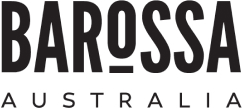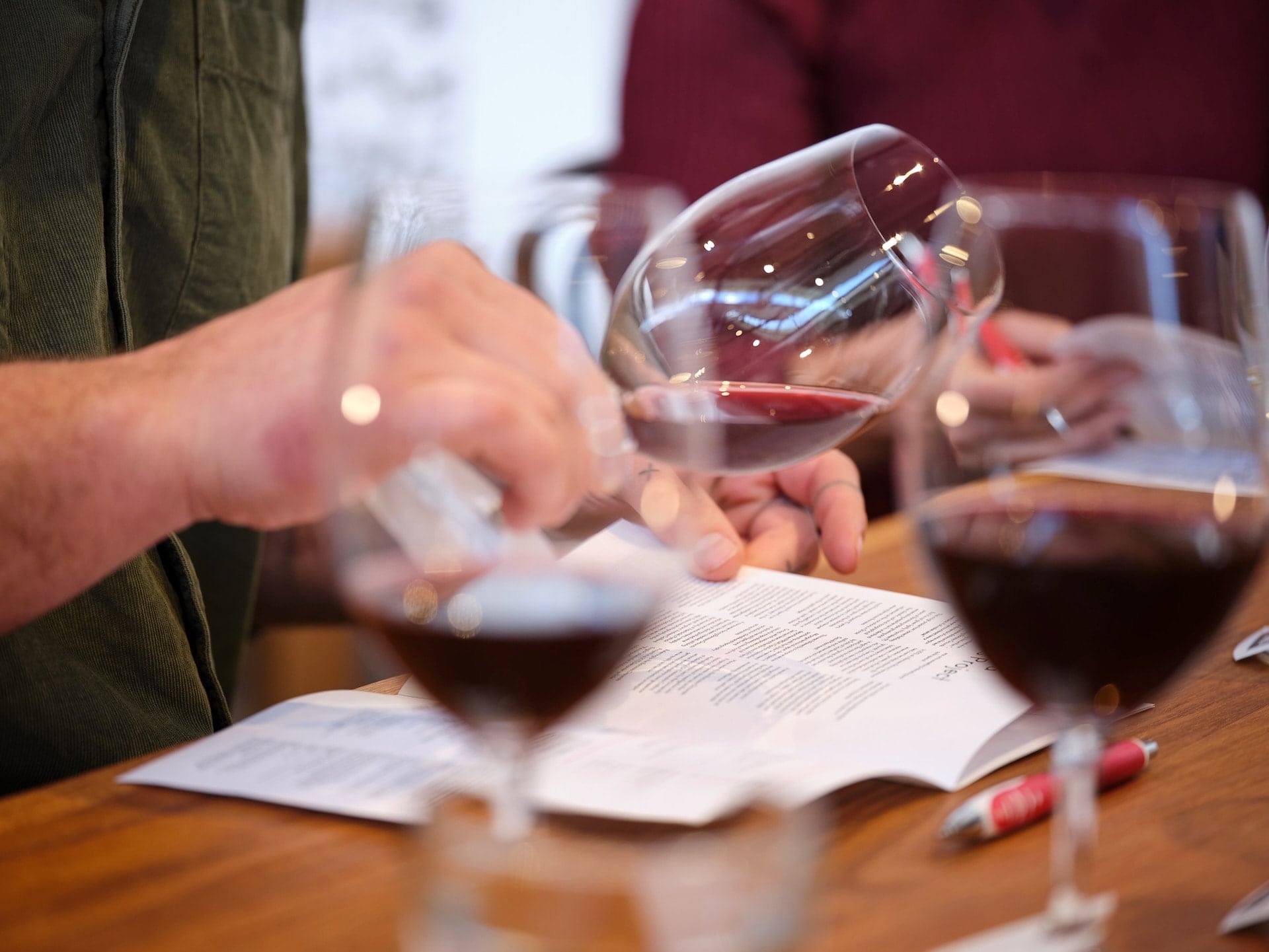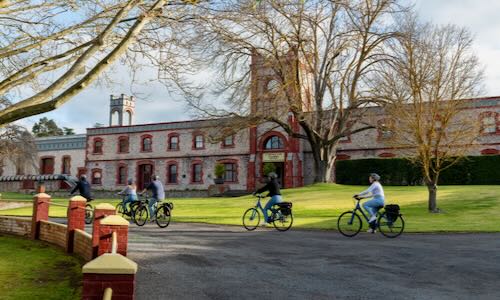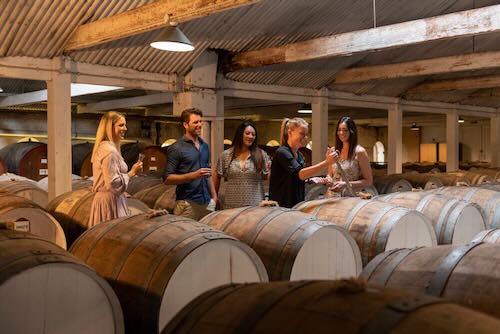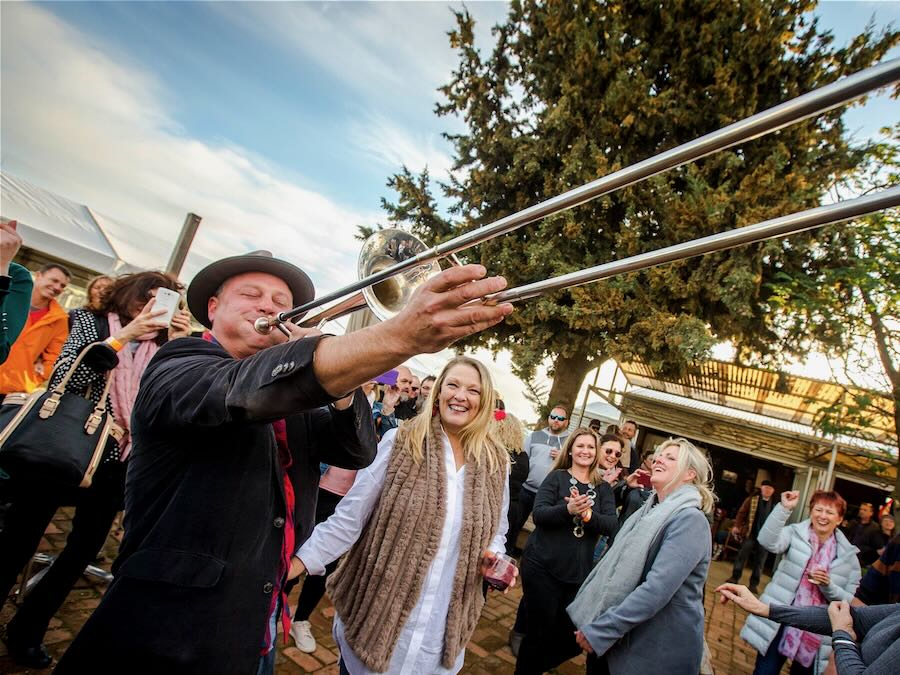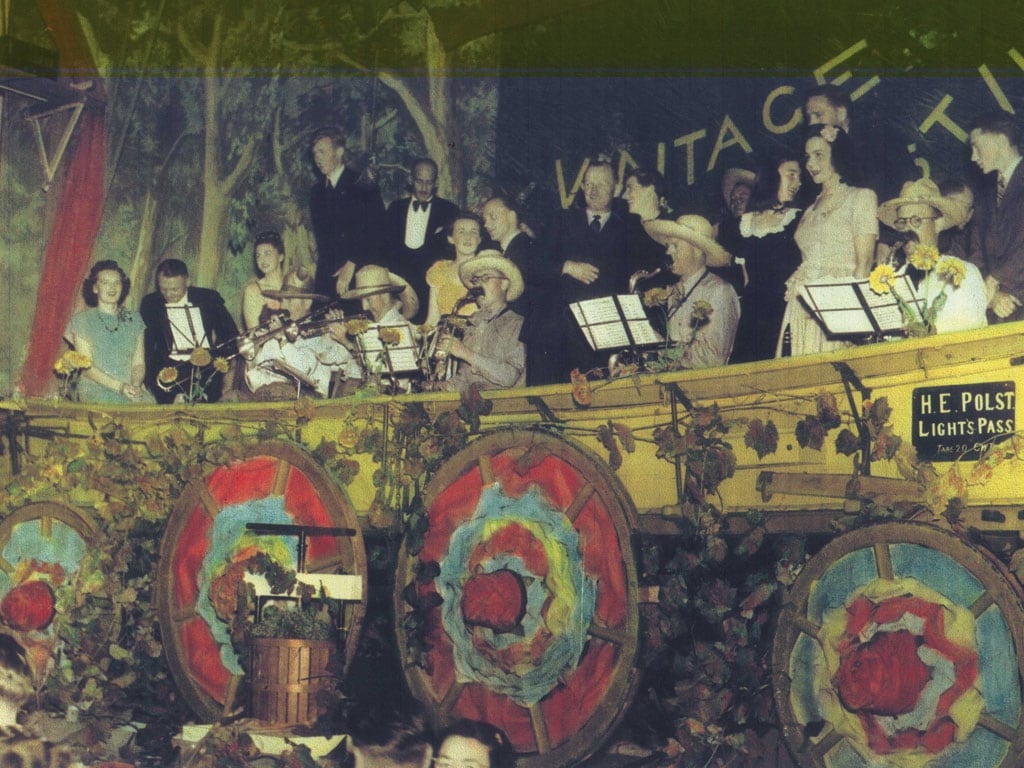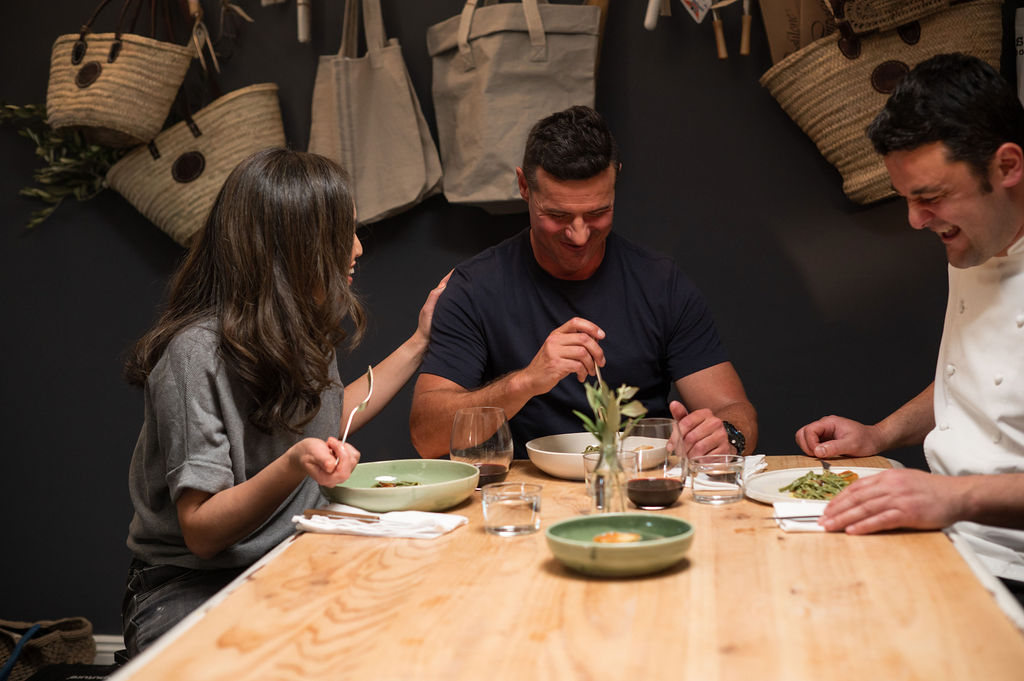The reported crush of Barossa’s 2021 vintage was 71,079 tonnes. The Barossa Valley crush, at 61,410 tonnes, was 111% up on the devastatingly low 2020 crush, and 19% above the five-year average. The Eden Valley crush of 9,669 tonnes was 167% up on 2020 and 12% above the five-year average.
These figures, from Wine Australia’s 2021 SA Wine Grape Crush Survey, include responses from only 127 Barossa vineyard enterprises – so the actual 2021 Barossa vintage crush will be significantly higher.
Quality is exceptional across the varieties and styles from 2021. Reds have intense, rich, and balanced flavours and colours; whites have lovely aromatics, finesse, and great natural acidity. A vintage for now and the long term.
With relatively good rainfall in Autumn, and again towards the end of Spring, soil moisture was generally at good levels going into Summer. This, along with reasonably cool summer temperatures, meant the vines were healthy; a good number of bunches set, and berry size remained at optimum levels for high quality wine grape production.
In Barossa Valley, winter rainfall in 2020 was 148mm – 22% below average and the same as 2019.
In Eden Valley, 275mm was recorded at Mt Crawford (5% below average) but winter rainfall was sporadic across this region, with other vineyards only 230-250mm.
This was ideal to replenish soil profiles to field capacity moving into budburst. However, in Eden Valley, many dams which much of the region relies on for its only non-rainfall water source, did not fill – so rainfall in Sept and Oct was welcome, and delayed the start to the irrigation season.
The La Nina weather pattern did not bring rain to South Australia, and dry conditions ensued throughout November and into summer. Growing season rainfall from Oct-Mar measured 129mm in BV, 42% below average (20% below average in EV).
In Barossa Valley, the calendar year of 2020 recorded 455.8mm, 160mm higher than 2019.
Some frost damage occurred on 27 September, when temperatures plunged to -0.3°C. However, many varieties were only just emerging and widespread damage was avoided.
In Barossa Valley, November recorded four days above 35°C, pushing the monthly maximum temperature to 28°C, 4°C warmer than previous years (3.46˚C warmer in EV). Conditions were quite favourable during flowering, allowing bunches to set with good fruit development.
Summer was relatively mild, with December recording its lowest maximum temperature since 2014. Cool, dewy mornings and maximum temperatures below 30°C for the majority of January provided optimal ripening conditions.
Veraison started in late January to early February, and the cooler conditions and some rain in early February helped to plump up berries and provide some relief to soil moisture profiles. Minimum temperatures for February were up to 1.4°C below average and maximums 1.2°C below average, providing optimal ripening conditions and allowing fruit flavours to develop.
Whilst yield varied between vineyards, it was welcome relief to achieve close to average crops in comparison to the last two seasons (in Eden Valley, yields were mostly higher than vintage 2020).
There was much anticipation that labour resources required for hand picking would not be available this vintage due to border closures, but with the cooler weather slowing ripening, vintage was less compressed than previous years and it was much easier to source labour than first thought. Harvest continued well into April as the dry Indian summer continued to ripen the grapes.
Sources
Compiled by Barossa Grape & Wine Association in partnership with Yalumba’s Louisa Rose and Brooke Howell
SA Wine Grape Crush Survey, Vinehealth Australia and ‘Barossa Vintages: a wine history from 1842’, Peter Fuller

